Flora Mythologia: The legendary history of plants and fungi
Text by Shannon Baker, OALA
Mythmaking seems to be a basic human characteristic. Myth has existed in every human society. Why we make myth, and the nature of those myths, differs across cultures; however, nature itself is a theme common to most mythologies. Certain plants seem to have the power to capture the human imagination. Whether for their delicate scent, striking colour, unusual habit, or medicinal properties, throughout human history, some plants have become the stuff of legend. In ancient Greece and Rome, it was believed that all life, whether floral or faunal, was connected to the heavens. As a result, the mythology of plants from this time is rich, filled with epic stories of tempestuous gods and mere mortals, and their travails in love and loss, intrigue and war.
Hyacinth
The plant known to the ancient Greeks and Romans as hyacinth is not the plant we call hyacinth (Hyacinthus spp.) today, rather, it was what we now refer to as larkspur (also a plant of many names, including Consolida ajacis, Consolida ambigua, Delphinium ajacis, Delphinium ambiguum, doubtful knight’s spur, and rocket larkspur). Loved by the gods Apollon and Zephyros, Hyakinthos was a young Spartan prince caught up in a love triangle. Overcome by jealously while playing a game one day, Zephyros used his breath, which had the strength of a mighty wind, to fling a disc, striking Hyakinthos on the head. As he lay dying, Larkspur began to spring up from the boy’s spilled blood. According to the Roman poet Ovid, it was Apollon who caused the flowers to bloom, and he who also enscripted them with the letters AI, meaning ‘alas’ in Greek. If you look closely at the flower of the larkspur, you can see the upside-down AI in it’s centre. The larkspur has an almost otherworldly shade of blue, prized by many cultures as a dye or ink. In more modern times, the plant has come to symbolize a weak or fickle heart, perhaps a link to the earlier Greek myth. The plants are considered toxic and are not generally known to have any medicinal properties.
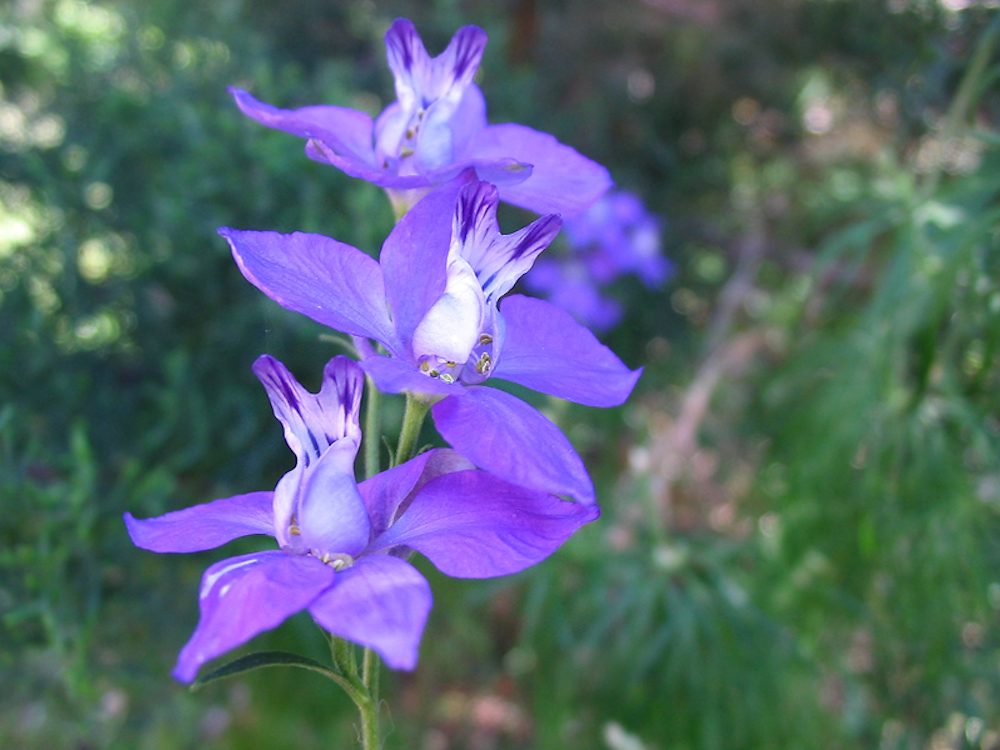
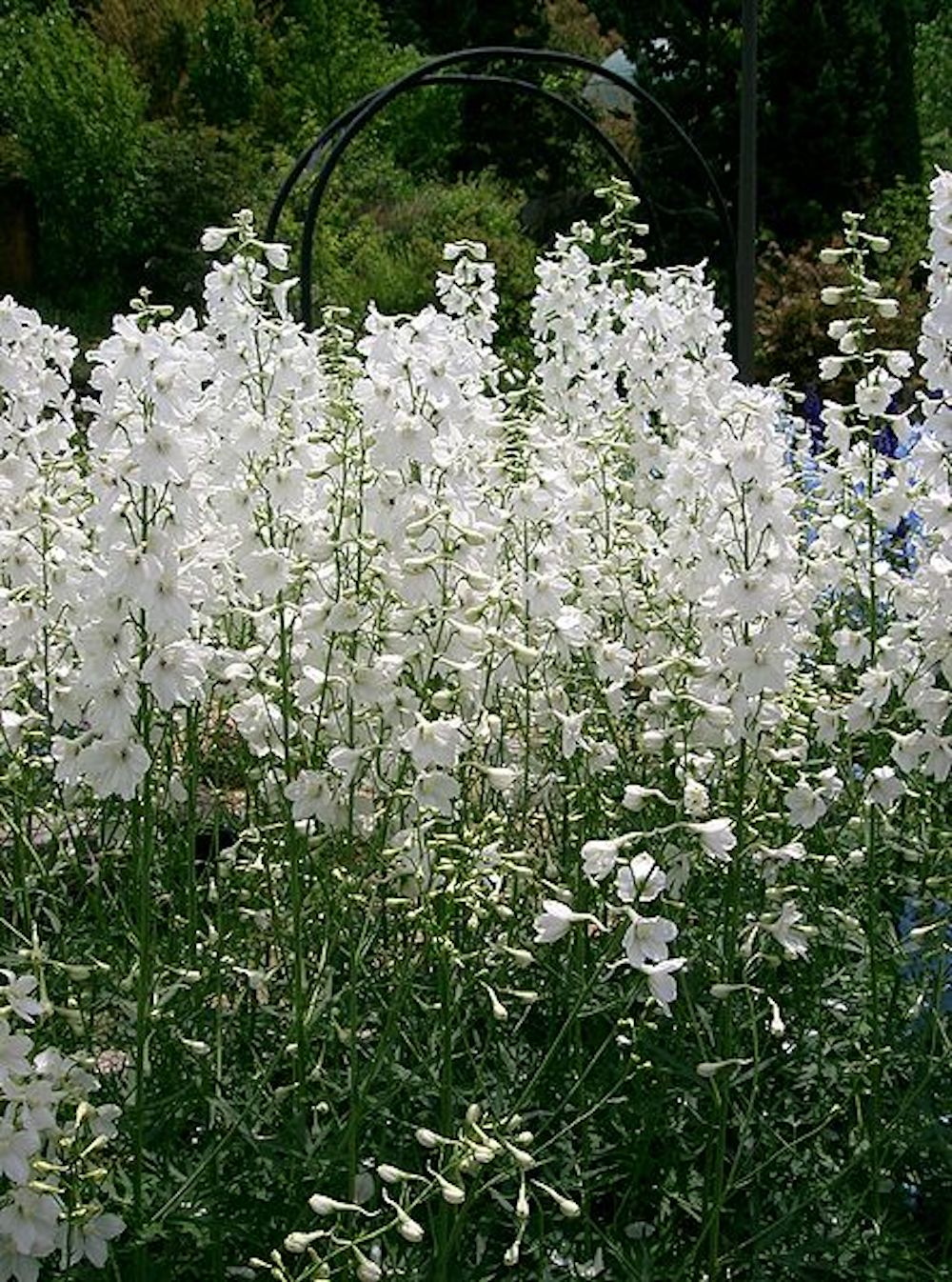
Oak
The ancient Greeks and Romans knew an oak not naturally occurring in North America, Quercus ilex. According to the Theoi project (theoi.com), the oak was so common in the Mediterranean landscape, that the word for oak was the same word used to refer to all trees. Many myths surround the oak. Of the oak, it has been said that they grow for three hundred years, live for three hundred years, and die for the final three hundred. Given its longevity, and slow and steady growth to staggering height, it is no surprise the oak was the tree commonly associated with the god of sky, Zeus. The tree was thought to be both revered by the god, as well as being the physical manifestation of Zeus. Those who sought aid from Zeus would often put their questions to the trees directly, and the responses were read in the swaying of branches or twitching of leaves. As in many cultures, the oak was also imbued with many other spirits, apart from Zeus. Many believed that the spirits of Nymphs were bound up with the spirit of a tree, as were their lives. When the tree died, so too did the Nymph. This notion of the wise and mighty oak is one that carries through to today.

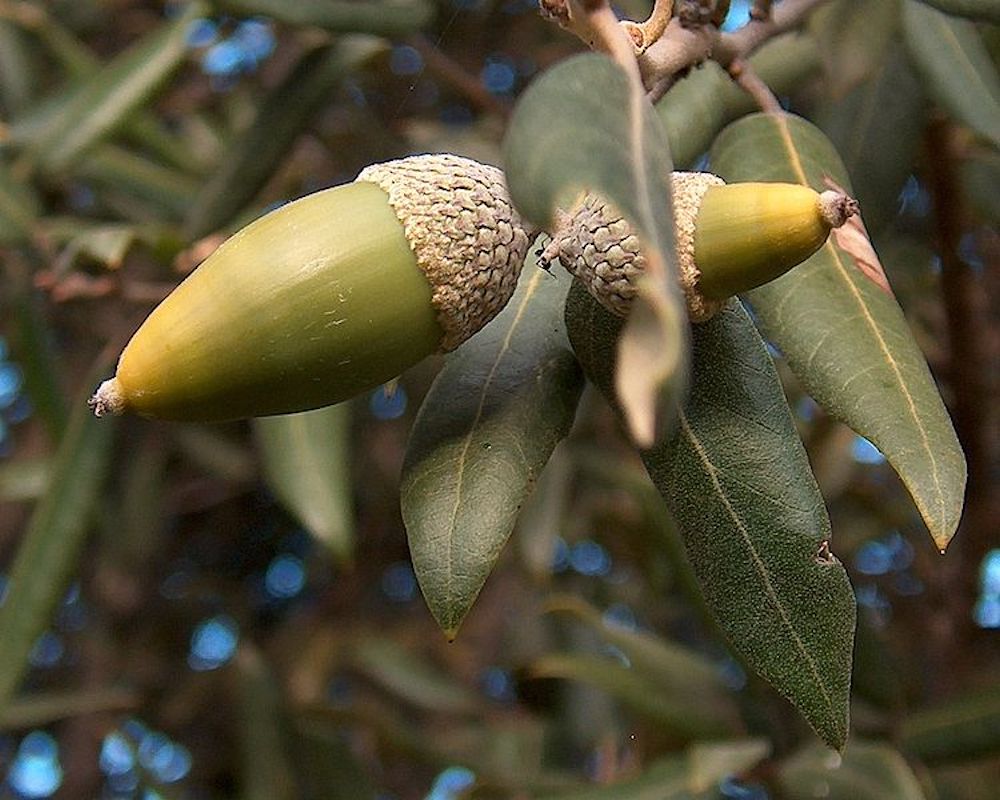
Linden
The linden tree was another broadly canopied shade tree that was prized in the dry, hot landscape of the ancient Greeks. As Annette Giesecke relates in her book Mythology of Plants, the linden tree is touchingly woven into a tale of a poor, elderly couple and their encounter with the Roman gods Jupiter and Mercury. Jupiter, like his Greek counterpart Zeus, had power over the weather, and was the defender of civic order and hospitality. Just as the broad linden extends its branches wide to shade those that may find themselves underneath it, it was important in ancient Greek society to extend the utmost of hospitality to those visiting your home. In the tale of Baucis and Philemon, Jupiter and the god Mercury were travelling amongst mortals in disguise, so their status was concealed. Despite their appearance as unremarkable men, Baucis and Philemon welcomed them into their humble home and offered them all they could. For their generosity, the gods rewarded them by granting them their wish to one day die together at the same time. When the time came, the couple grew together as entwined trees, Baucis as a linden, and Philemon as an oak. A myth that represents a wonderful tale of selfless giving and reciprocity. The linden blooms midsummer with fragrant flowers that are favourites of bees, and can be made into a light cordial to welcome your guests.
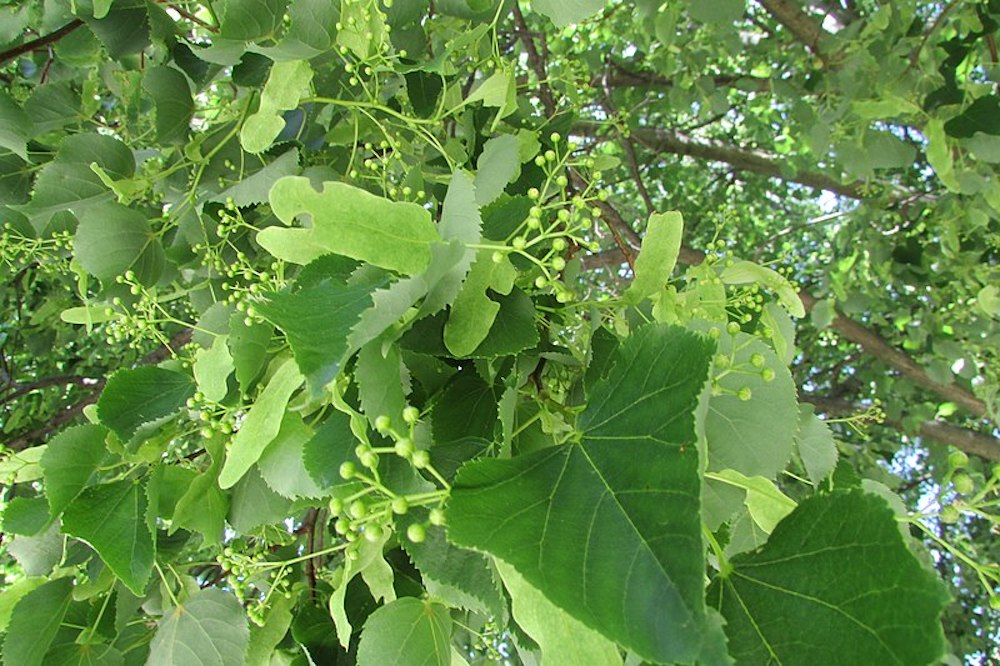
Mint
One member of the mint family found both here in Ontario and in ancient Greece and Rome is Mentha spicate, or spearmint. The ancient Greeks and Romans cultivated many species of mint, including spearmint, along with water mint, field mint, and horsemint. Much like today, they had many uses for the plants, from flavouring foods, to growing them ornamentally, as well as using them for medicinal purposes. The plant is mentioned in the tale of Baucis and Philemon, as the old woman uses mint to prepare her table for the gods in disguise. The myth of mint is most tightly bound up with Persephone, the goddess of spring. Again, in a tale of jealousy, it was said that Persephone was troubled by her husband’s love for a Nymph name Minthe. Driven by her jealousy, she stomped on the Nymph until she was driven into the ground, ever after taking the form of the plant we now know as mint. From that moment on, mint was associated with the worship of Persephone and her mother, the goddess of harvest, Demeter.

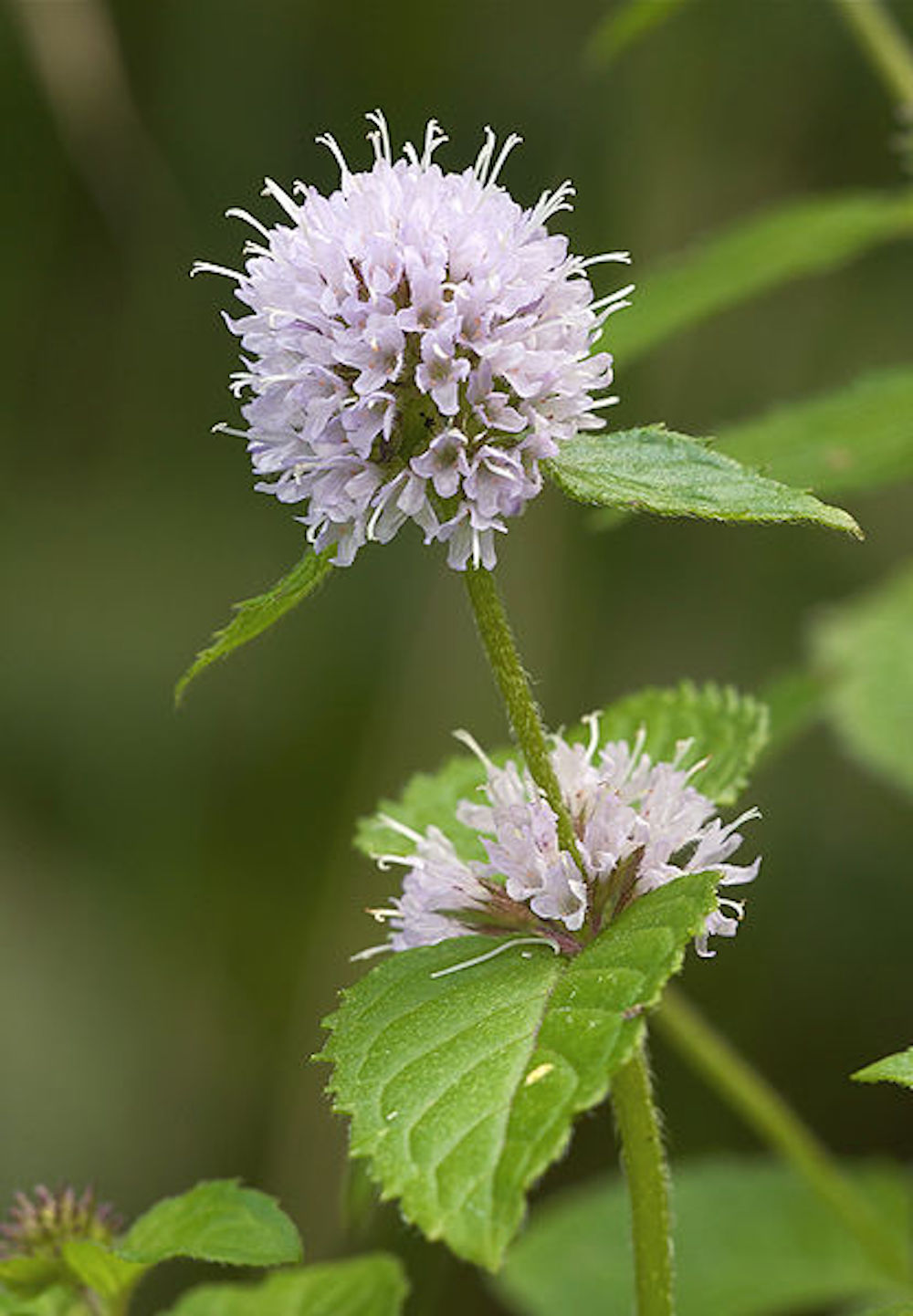
Mushroom
Strictly speaking, mushrooms are members of the Agaricaceae family, making them fungi and not plants at all. Seeming to spring forth from thin air, rather than from seeds planted in the earth, mushrooms were a thing of wonder in ancient Greece and Rome. Treated as a delicacy, mushrooms were known to be used in all sorts of dishes— however, they were not without risk. Ancient Mediterraneans knew that mistaking one fungal form for another could cost you your life, and there is more than one tale of purposeful poisoning to satisfy jealousy or revenge. Mushrooms also hold a special seat in Greek and Roman mythology, being part of an origin story for human beings. Ovid told a tale of the Sorceress Medea, who murdered King Pelia in order to wrest from him the throne that rightfully belonged to her husband Jason. Fleeing the scene of the murder, Medea travelled a great distance, and stopped at Peirene—a spring where humans sprang forth from mushrooms at the beginning of time.
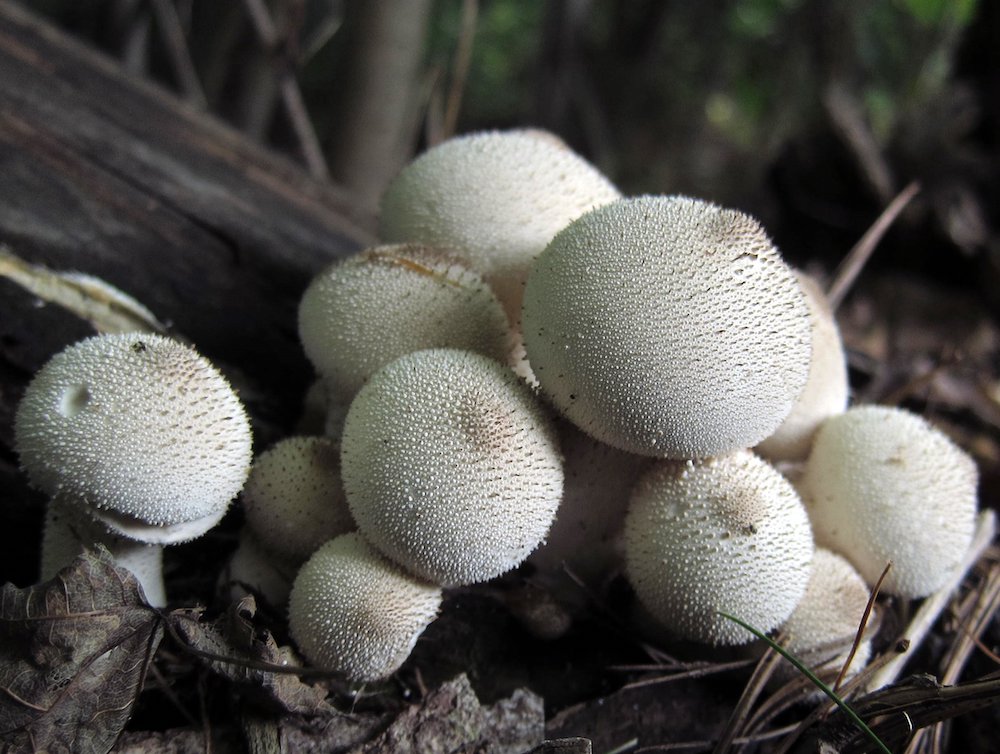
Myths reflect common characteristics of the society that hold them. Study of the plant lore of these classical societies underlines the close relationship they had with the botanical world. Weaving these plants, and their mythology into the garden not only layers it with meaning, but provides a touchstone to the history of the cultivation of plants and our ever-changing relationship with them: how they have been used in the past, and what their role might be in the future.
If you are interested in exploring the botanical lore of Ancient Greece and Rome further, Annette Giesecke’s book the Mythology of Plants explores both myth and the garden through Ovid’s voice.
BIO/Shannon Baker, OALA, is a landscape architect at Waterfront Toronto and a member of the Ground editorial board.
